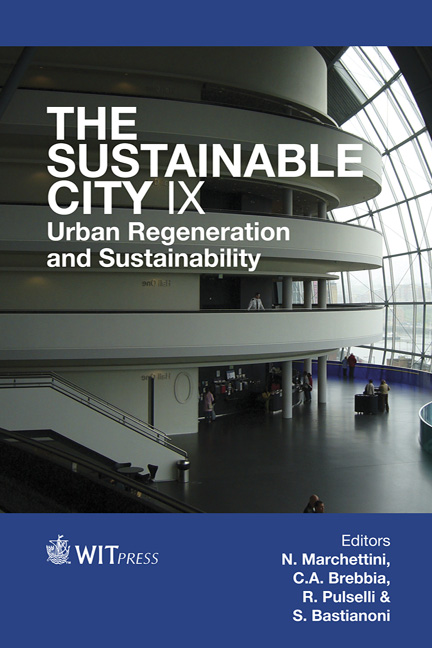Bus Rapid Transit: What Can Change In Travel Strategies?
Price
Free (open access)
Transaction
Volume
191
Pages
11
Page Range
827 - 837
Published
2014
Size
856 kb
Paper DOI
10.2495/SC140702
Copyright
WIT Press
Author(s)
M. S. G. Tobias, B. M. R. Oliveira
Abstract
The implementation of a Bus Rapid Transit system (BRT) is a reality in many Brazilian cities. In Belém, where the public transportation system is mainly operated by buses with no integration, BRT is expected to serve: bus users on a larger scale; users of other modes of transportation, such as alternative collective transport system and microbuses; and users of individual modes of transportation, such as cars, taxis and motorcycle taxis. Therefore, it is expected that users change their travel strategies, especially those who are located in the area surrounding the project. This study intends to explore the effects of BRT on townspeople and on public and private transport users regarding their travel strategies. The study is composed of an initial discussion about BRT projects in Brazilian cities and the development of a case concerning the routes, which are part of BRT system in Belém, Pará, Brazil. The investigation involved focus groups in a one-mile radius around the route. A questionnaire was applied using the stated preference technique, with questions about socioeconomic profile, travel standards, inputs related to the current transport system and strategies for current and future travels after the implementation of BRT system. Among the results achieved, BRT was found to cause tremendous impacts on travel strategies of townspeople and public transport users in the surveyed area. Cyclists expect the system to be integrated with the implementation of bicycle racks. In general, the survey has shown that users tend to change their travel strategies and that BRT is positively regarded by public transport users, as something that would improve their urban mobility.
Keywords
BRT, integration, public transport, travel strategies





